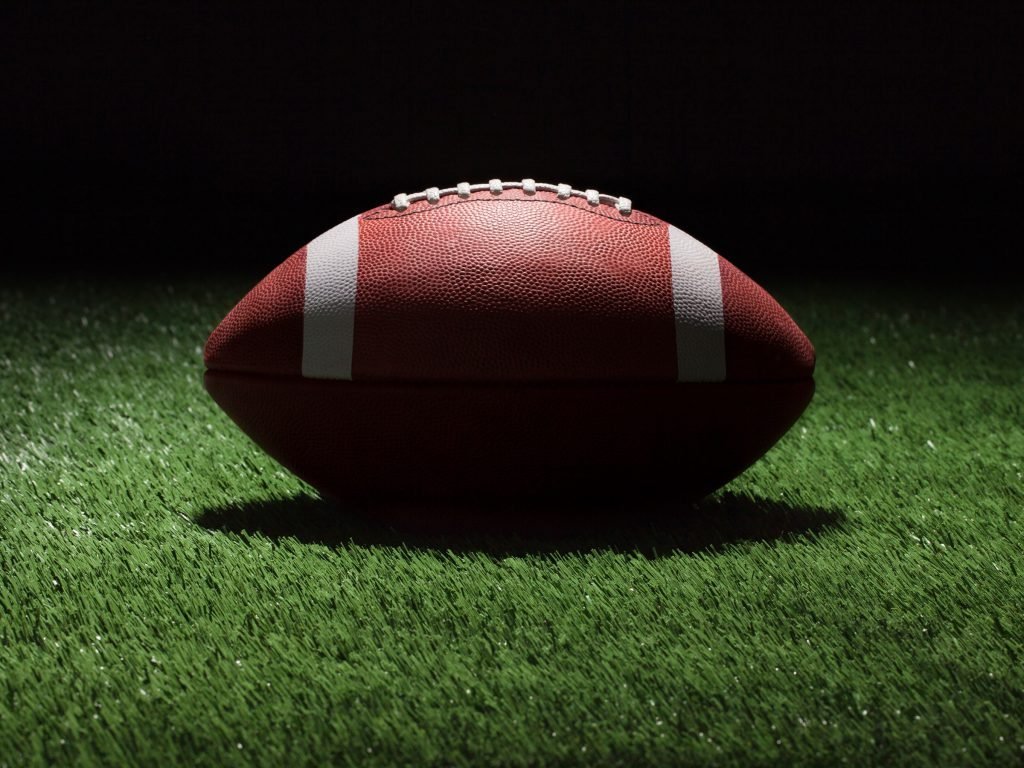
Top American College Football Cultures to Explore
Many of the world’s greatest sporting events are closely tied to local culture. Muay Thai brings to mind Southeast Asia, cross-country skiing does the same with Scandinavia, and Sumo wrestling with Japan.
Though the US doesn’t participate as widely in major global sports like soccer (football) or cricket, it certainly delivers on its home-grown sport of American football. Though football talk is usually associated with the NFL, collegiate football programs are a huge part of national sports identity.
From coast to coast, the most competitive university football squads host some of the country’s most vibrant and exciting stadium experiences. In some regions of the US, like the south where the Southeast Conference is played, families plan major events like weddings around football schedules.
Though it’s no trip to Rome or Madrid to catch a soccer match, a visit to a small town in the US can transform into a high-octane, cultural experience. Crowds identify closely with their team with a vigor similar to European club soccer.
And as more states open up their sportsbooks, American football betting tips from top analysts are expanding for fans. Live betting options are already available in certain states, like at Beaver Stadium in Pennsylvania—though there’s usually plenty of tailgating to occupy first-time attendees.
For those new to the sport, tailgating is a pre-game party that takes place in the parking lot of a stadium, typically involving barbecue and drinks.
Now, let’s take a look at some of the most diehard college football cultures to keep in mind for your next trip to the US.

Crimson Tide, University of Alabama
Tuscaloosa, Alabama
Known simply as the Crimson Tide, Alabama’s football program is one of the most storied and prestigious in the NCAAF league. Active since 1892, the team is one of the longest-active rosters in US sports.
The team has taken 17 national championships and counted 922 official victories. However, it’s the fan culture worth checking out here. Tailgating is so prolific that the university corners off areas where people can stay and listen to the game while keeping their barbecue going.
There’s official lingo, too, including the famous ‘roll tide’ motto and, arguably, lifestyle. Like other southern NCAA teams, fandom is generational. It’s been passed down from alumni, who continue their family’s legacy by attending the university or buying season tickets.
Nittany Lions, Pennsylvania State University
University Park, Pennsylvania
Though located in the north, Penn State has one of the most vibrant football cultures in the NCAAF. Much like the Crimson Tide, the Nittany Lions got their start in 1892, which means there are also inter-generational fans who attend each game.
Beaver Stadium, where the Lions compete, is the second largest in the NCAAF with a capacity of 106,572. Regular season games usually fill out the stadium, which is larger than most concert venues and includes plenty of pre-game tailgating.
The Lions also have a long list of traditions that make being a fan dynamic and exciting. ‘Nittanyville’ is one such tradition, in which university students camp out in a small tent city outside the stadium one week prior to a home game to nab first-row seats.

Tigers, Clemson University
Clemson, South Carolina
Those who follow the NCAAF know the Tigers football team as one of the elite squads competing in the league. Given how illustrious the team is, Tigers’ fandom doesn’t cut any corners.
There are fight songs, distinctive uniforms designed to help the team stand out, and plenty of traditions that students and inter-generational fans keep up with. There’s the ‘Gathering at the Paw’ in the center of the stadium, when fans are allowed to take to the field after a home game to sing the school’s alma mater.
Then, there’s ‘The Graveyard’, where fans maintain a mock graveyard with the names of vanquished rivals that the Tigers have conquered that season. The most famous tradition is the ‘Running Down the Hill’, in which the stadium’s jumbotron streams the team’s entrance to the stadium.




